1. High temperature pressure test (GB/T 2951.31-2008)
Temperature (140±3)℃, time 240min, k=0.6, the depth of indentation should not exceed 50% of the total thickness of insulation and sheath. And conduct AC6.5kV, 5min voltage test, requiring no breakdown.
2. Damp heat test
The sample was placed for 1000h in an environment with a temperature of 90°C and a relative humidity of 85%. After cooling to room temperature, the change rate of tensile strength was ≤-30%, and the change rate of elongation at break was ≤-30% compared with that before the test.
3. Acid and alkali resistance test (GB/T 2951.21-2008)
The two groups of samples were immersed in oxalic acid solution with a concentration of 45g/L and sodium hydroxide solution with a concentration of 40g/L respectively, the temperature was 23 °C, and the time was 168h. %, elongation at break ≥ 100%.
4. Compatibility test
After the whole cable is aged for 7×24h at (135±2)℃, the change rate of tensile strength before and after insulation aging is ≤±30%, the change rate of elongation at break is ≤±30%; the change rate of tensile strength before and after aging of sheath is ≤±30% -30%, change rate of elongation at break ≤±30%.
5. Low temperature impact test (8.5 in GB/T 2951.14-2008)
The cooling temperature is -40°C, the time is 16h, the weight of the drop weight is 1000g, the weight of the impact block is 200g, the drop height is 100mm, and there should be no visible cracks on the surface.
6. Low temperature bending test (8.2 in GB/T 2951.14-2008)
The cooling temperature is (-40±2)℃, the time is 16h, the diameter of the test rod is 4 to 5 times the outer diameter of the cable, and it is wound 3 to 4 times. After the test, there should be no visible cracks on the surface of the sheath.

 ENGLISH
ENGLISH 简体中文
简体中文 GERMAN
GERMAN SPAIN
SPAIN
 +86 181-5747-1135
+86 181-5747-1135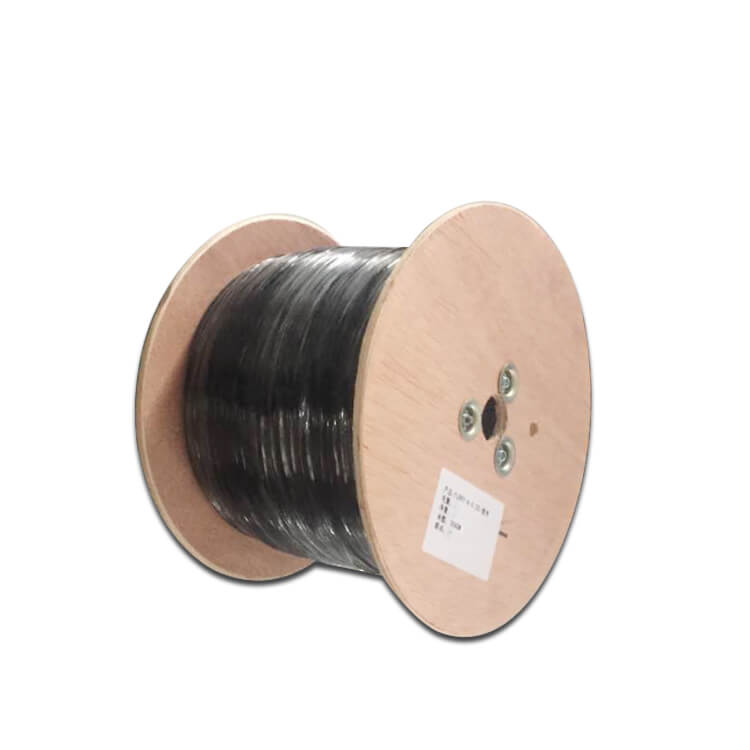
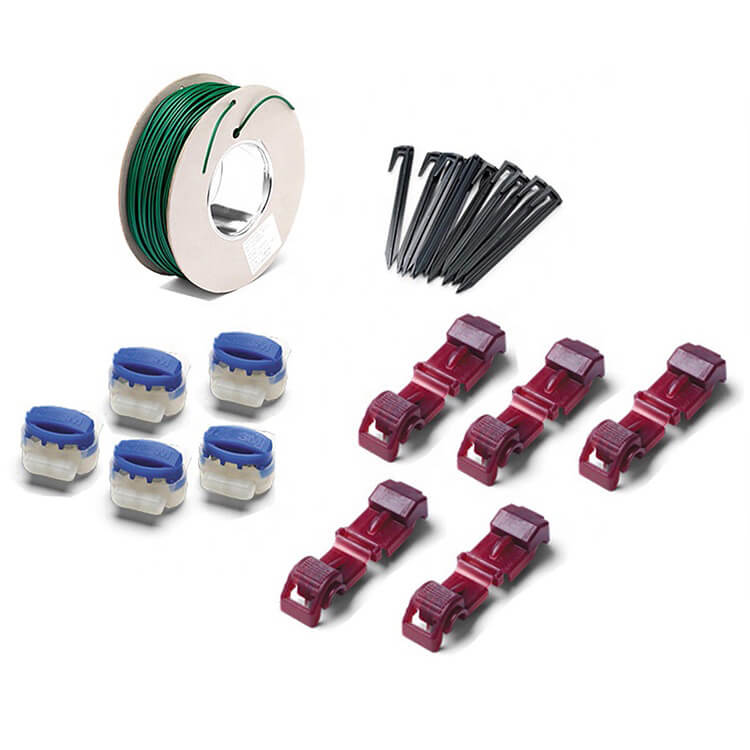
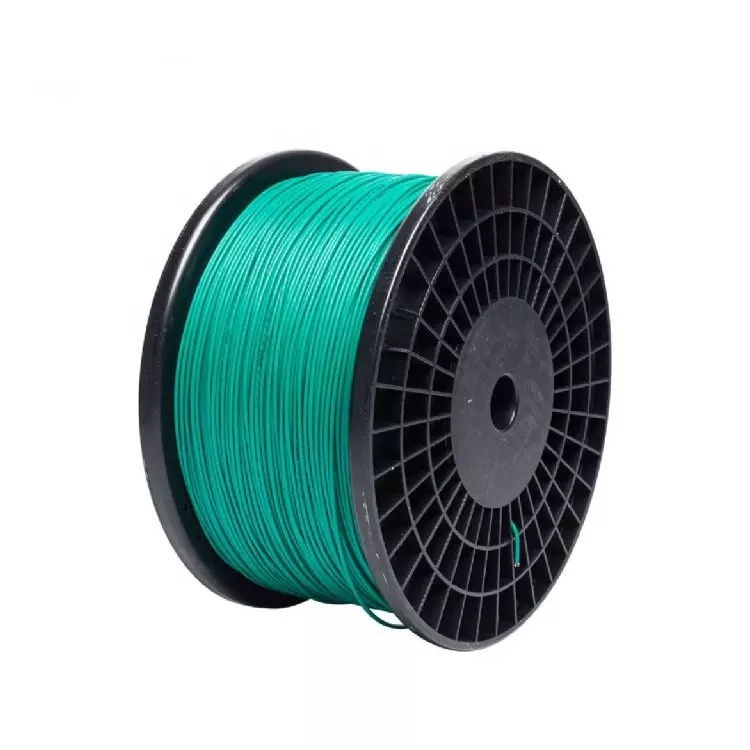
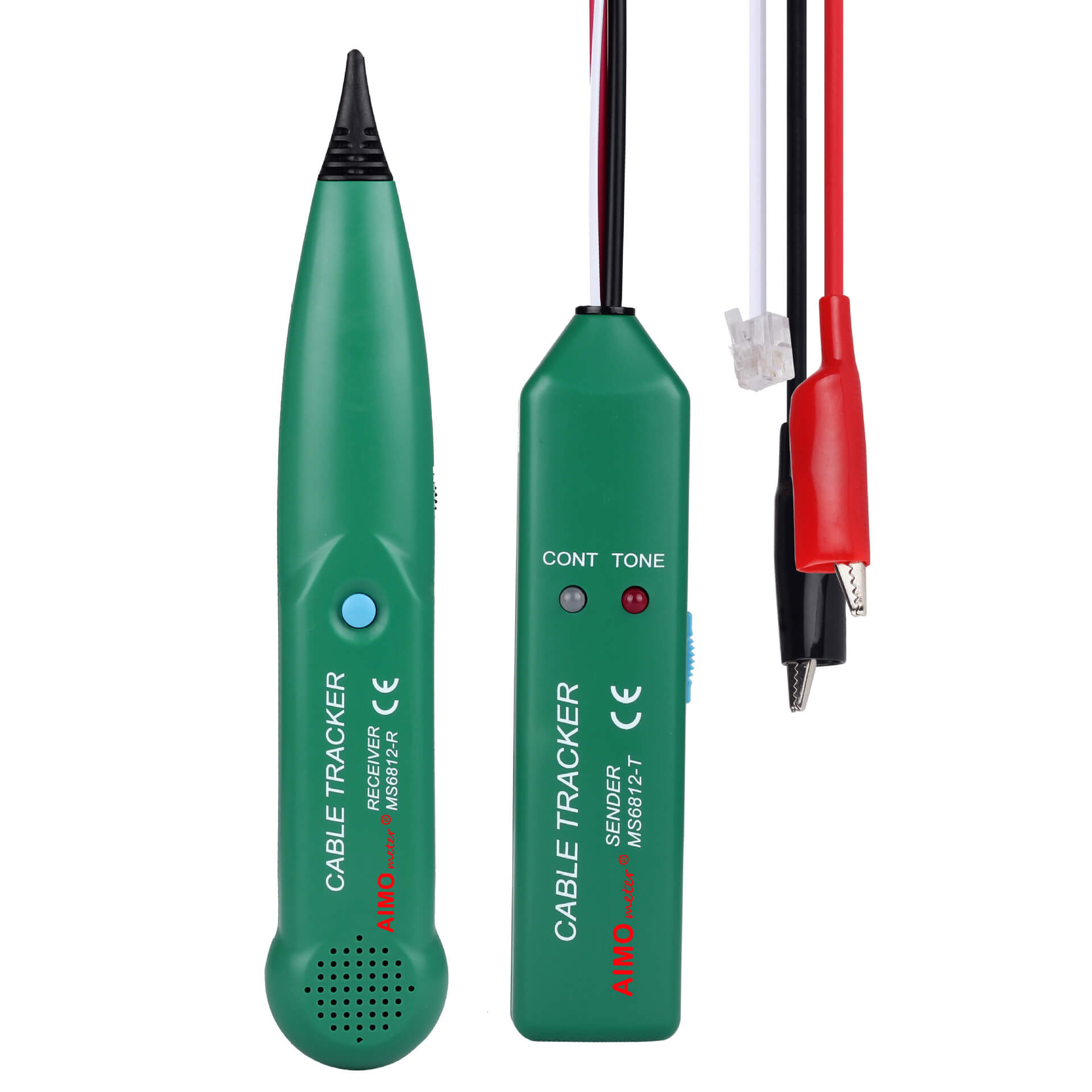


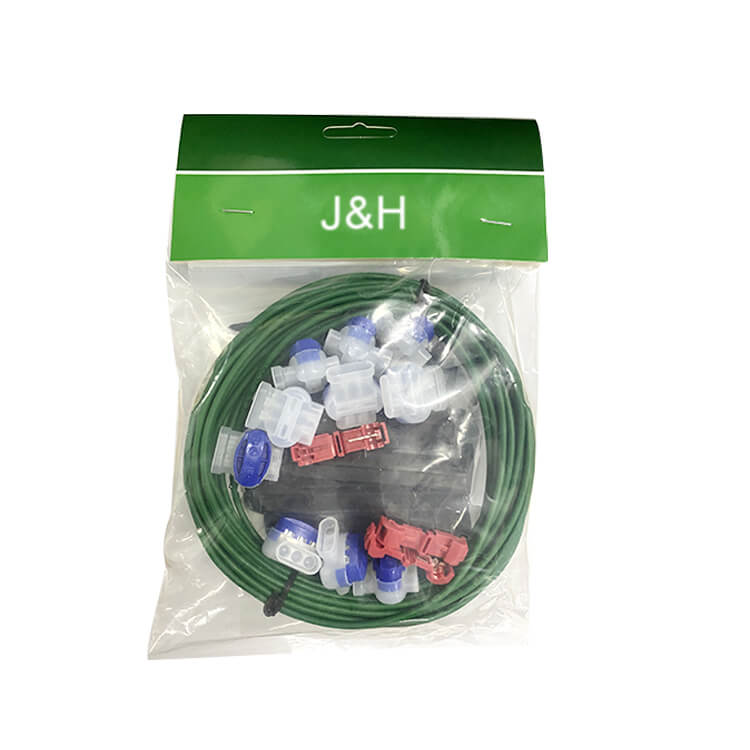
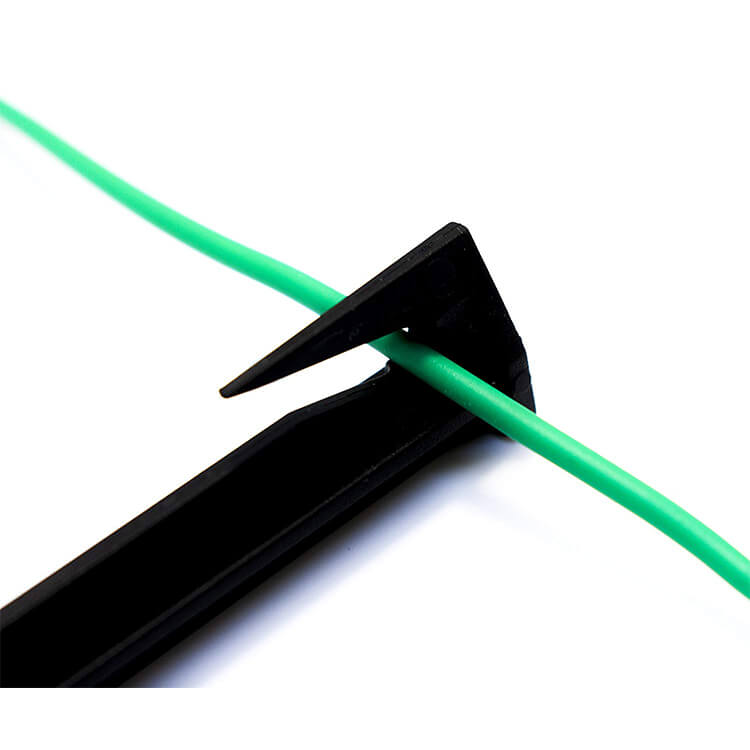
 Abroad:+86 181 5747 1135
Abroad:+86 181 5747 1135 FAX: +86 574 8900 7636
FAX: +86 574 8900 7636 E-mail:
E-mail: 

 read the map
read the map

